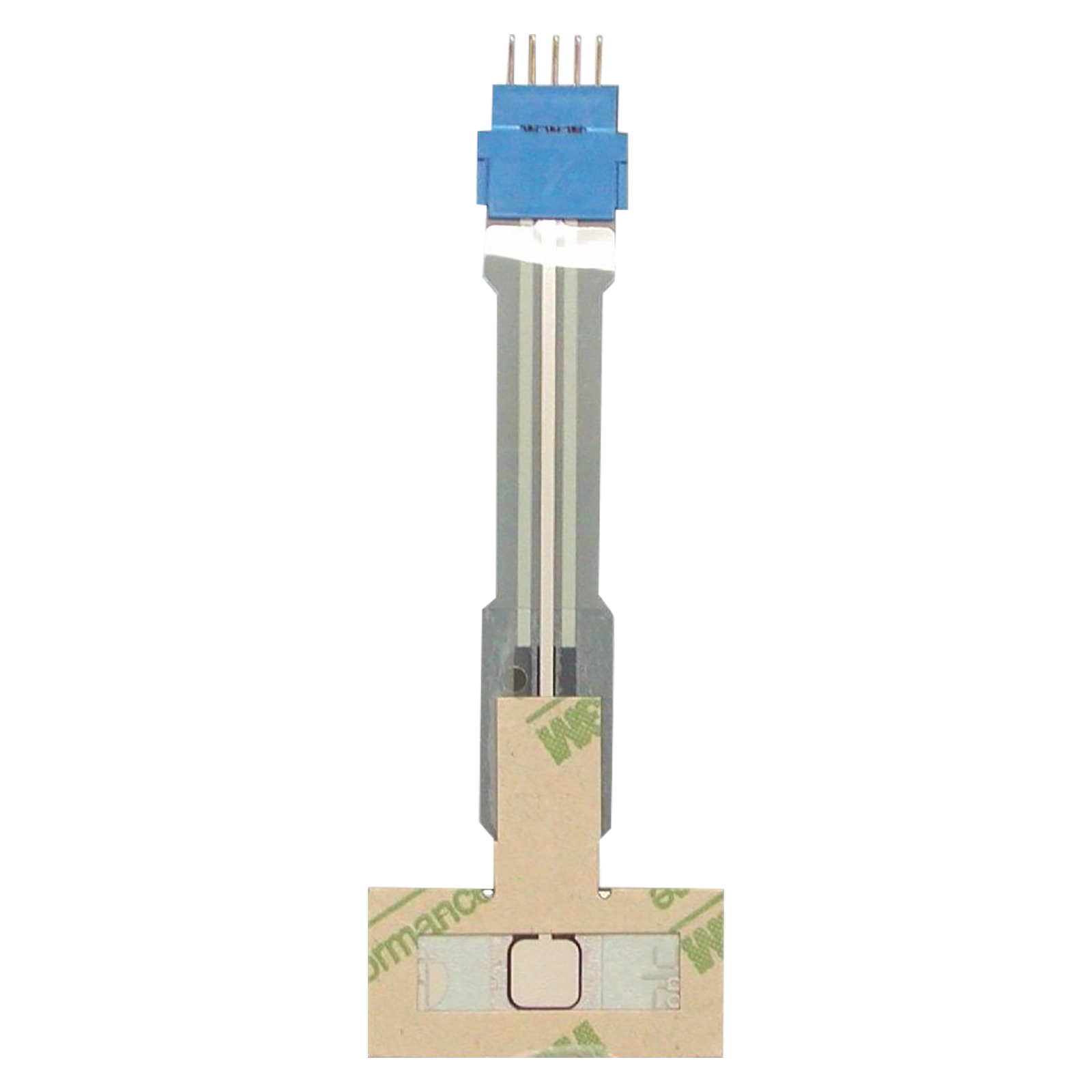Why Membrane Layer Changes Are Crucial for Long Lasting Control Equipment
Membrane layer buttons play an essential function in guaranteeing the resilience and reliability of control systems throughout numerous markets. As we check out the multifaceted benefits of membrane layer buttons, it ends up being apparent that their importance goes beyond plain performance, affecting individual experience and operational efficiency.
Introduction of Membrane Switches
Membrane buttons are versatile and trusted elements commonly used in various digital control systems. These switches include several layers, consisting of a visuals overlay, a spacer layer, and a printed circuit layer. The graphic overlay provides both useful and visual style, while the spacer layer makes certain that the switches are turned on only when pushed. The printed circuit layer has conductive traces that complete an electric circuit when the membrane layer is pressed, making it possible for the device to reply to user inputs.
Membrane switches are commonly favored in applications requiring a small and light-weight design, making them optimal for portable tools, medical equipment, and industrial machinery. They can be tailored to fulfill particular customer needs and can incorporate different functions such as backlighting, responsive responses, and numerous colors. Additionally, membrane buttons are resistant to dust, dampness, and pollutants, making them appropriate for atmospheres where sturdiness is essential.
Benefits of Longevity
In several applications, the durability of membrane switches deals significant benefits that enhance their general performance and dependability. These switches are developed to endure severe atmospheres, making them optimal for use sought after conditions such as high humidity, severe temperature levels, and direct exposure to chemicals. Their robust building helps to avoid damage from physical impact, ensuring long-lasting capability and decreasing the demand for regular replacements.
Additionally, membrane switches are immune to put on and tear, which is vital in applications where regular interaction occurs. This longevity converts to reduce maintenance prices, as companies gain from reduced downtime and less service interruptions. In addition, the encapsulated style of membrane switches over secures interior components from dirt and moisture access, additional contributing to their life-span.
One more benefit is their capability to maintain constant performance gradually. With a high tolerance for mechanical stress and anxiety, these switches maintain their tactile responses and electrical honesty, guaranteeing customer fulfillment. Ultimately, the toughness of membrane changes not only improves functional efficiency yet likewise cultivates self-confidence in their reliability, making them a recommended choice for control systems throughout numerous industries.
Applications in Numerous Industries
Durable control systems utilizing membrane layer switches discover considerable applications across a series of markets, each benefiting from the special characteristics these buttons provide. In the clinical sector, membrane layer switches are important for tools such as patient screens and analysis tools, where reliability and simplicity of cleansing are extremely important. Their resistance to moisture and pollutants guarantees they keep capability in sterile environments.
The vehicle sector leverages membrane layer buttons for control panel controls and infotainment systems, where they supply streamlined, inconspicuous user interfaces that enhance user experience. These switches are also developed to stand up to extreme problems, consisting of exposure to extreme temperature levels and vibrations.
In industrial settings, membrane switches are commonly used in machinery control panels, providing tactile feedback and sturdiness required for high-usage applications. Their capability to withstand chemicals makes them ideal for making settings where spills and impurities are constant.

Customer electronics, such as kitchen appliances and remotes, additionally use membrane switches for their convenience and cost-effectiveness. On the whole, the versatility and durable nature of membrane switches make them indispensable throughout different industries, ensuring reliable operation and longevity in control systems.
Layout and Visual Appeal
While capability is vital, the style and aesthetic allure of control systems furnished with membrane buttons play a vital role in customer interaction and overall experience (membrane switch). The aesthetic design of these switches can considerably influence individual perception and communication. A well-designed membrane button enhances the good looks of the device, making it extra attractive to users and promoting a connection between the customer and the product
Membrane layer navigate to these guys changes offer a great offer of flexibility in style, permitting producers to tailor graphics, colors, and appearances to align with brand name identification and product appearances. Using vivid colors and distinct patterns can draw interest, while responsive feedback can enhance the user's interaction with the tool. Additionally, the capability to incorporate LED indicators and backlighting into the membrane layer button design supplies both functional and aesthetic benefits, enhancing visibility and use in different settings.

Enhancing Customer Experience

Furthermore, membrane buttons can be personalized to include graphical interfaces, boosting functionality by presenting details in a clear and intuitive way (membrane switch). This personalization can consist of icons, labels, and shade coding that overview users through complicated functionalities easily. Furthermore, their adaptability enables for integration in various atmospheres, making certain regular performance whether in commercial equipment or customer electronic devices
The resilience of membrane layer buttons likewise plays a crucial duty in user experience. By standing up to severe problems and expanded use, these buttons lower the possibility of system failures, therefore advertising dependability and customer confidence. Eventually, the critical have a peek at this site use of membrane layer switches not only boosts capability yet likewise significantly improves individual communication with control systems, making them an essential part in modern-day style.
Final Thought
